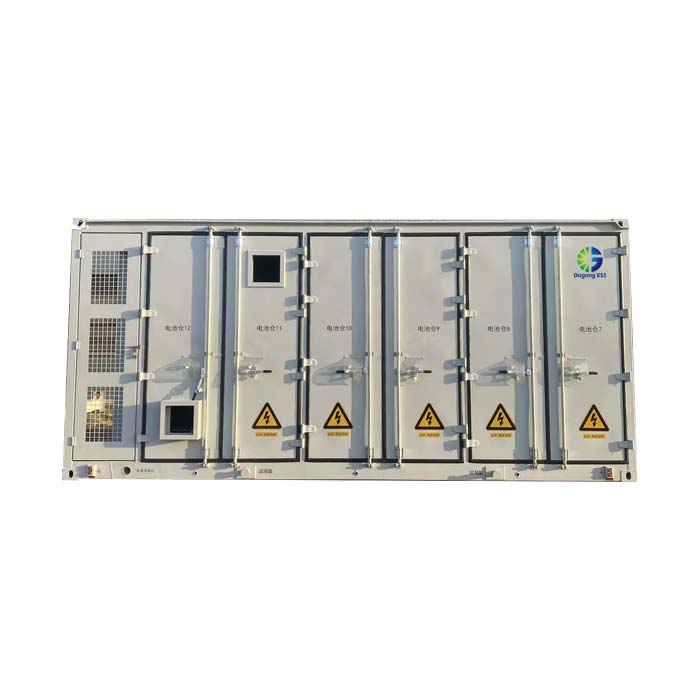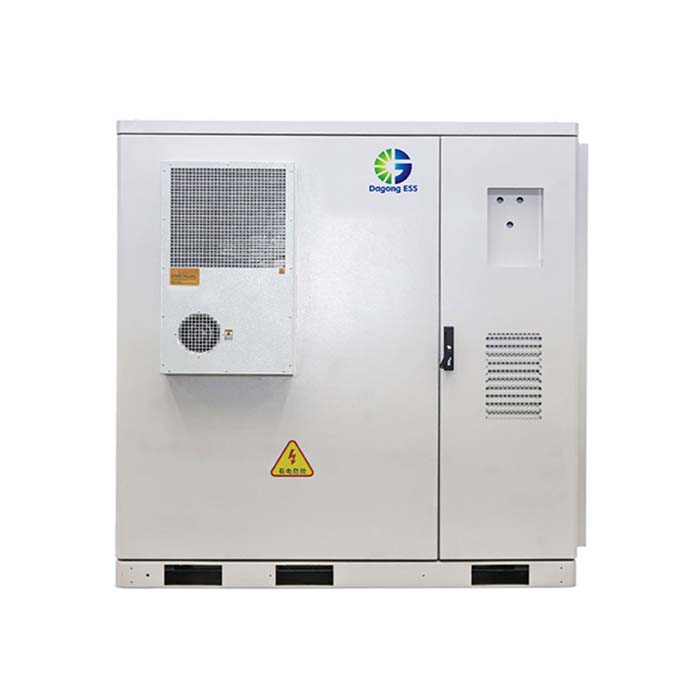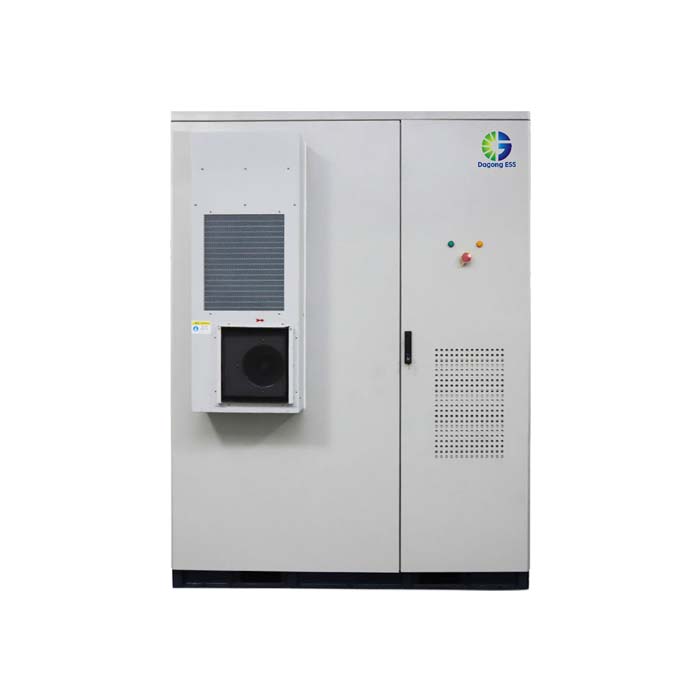Why Are Residential ESS Subsidies Rising Worldwide?
What Is Driving the Growth of Residential ESS Subsidies?
Across the world, governments are accelerating financial incentives for solar + home energy storage systems, including tax credits, rebates, low-interest loans, and installation subsidies.
The main reasons include:
Rising electricity prices
Grid instability caused by extreme weather and electrification
Net-zero emission targets
EV adoption increasing household power demand
Rising interest in energy independence and backup power
As a result, global demand for home ESS—such as 5kWh–80kWh stackable systems and 5–10kWh wall-mounted LFP batteries—continues to surge.
Types of Residential ESS Growing in Global Markets
Flexible capacity expansion for different household energy requirements.
Wall-Mounted Batteries (5–10kWh)
Compact design suitable for European and Australian homes.
Rack-Mounted ESS Cabinets (5–30kWh)
Popular in Southeast Asia and North America due to cost advantages and inverter compatibility.
Dagong ESS provides all three categories for global distributors and installers.
Key Features Behind the Rising Home ESS Trend
LFP safety & long cycle life (6000–8000 cycles)
Integration with hybrid inverters to reduce installation complexity
Backup power capability during grid outages
Lower system prices as ESS production scales up globally
Applications in Global Export Markets
Europe
High electricity prices
Strong self-consumption incentives
Government subsidies for home solar + ESS
→ Wall-mounted 5–10kWh batteries are widely adopted.
North America
Federal tax credits under the IRA
Frequent outages in California and Texas
Strong residential solar market
→ 20–40kWh stackable ESS systems are growing fastest.
Southeast Asia
Grid instability
Rapid rooftop solar deployment
SMEs use residential-scale ESS for backup power
→ 5–30kWh rack-type systems dominate.
Price of Residential ESS
The price of residential ESS varies depending on battery technology, capacity, inverter configuration, certification requirements, and installation conditions. Suppliers typically provide customized quotations based on project specifications and service demands.
How to Select a Residential ESS for Your Home or Project?
Choose LFP batteries for safety and durability
Plan capacity according to appliance loads and backup needs
Select hybrid inverters for better PV integration
Check export certifications: CE (Europe), UL (North America)
Evaluate BMS protection and thermal management
How Long Does a Home ESS Last?
Modern home ESS typically last 10–15 years, supported by:
6000–8000 charge cycles
Advanced BMS
High-quality LFP cells
Stable thermal management
Dagong ESS's 5–80kWh stackable systems and wall-mounted batteries offer long service life and stable performance.
The Supplier of Residential ESS
Global markets prefer suppliers with strong manufacturing capability, complete certification, and modular product platforms.
Dagong ESS continues to expand production for stackable, wall-mounted, and rack-type residential ESS, supporting partners in Europe, North America, and Southeast Asia.








